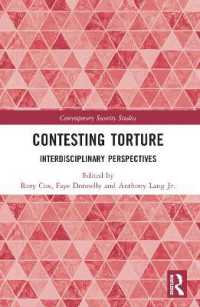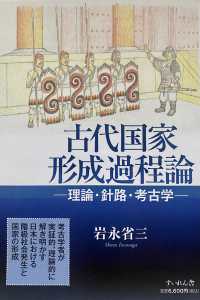Full Description
Long known as the Cannibal Dance, the Hamat̓sa is among the most important hereditary prerogatives of the Kwakwa̱ka̱ꞌwakw of British Columbia. In the late nineteenth century, as anthropologists arrived to document the practice, colonial agents were pursuing its eradication and Kwakwa̱ka̱ꞌwakw were adapting it to endure. In the process, the dance - with dramatic choreography, magnificent bird masks, and an aura of cannibalism - entered a vast library of ethnographic texts.
Writing the Hamat̓sa offers a critical survey of attempts to record, describe, and interpret the dance over four centuries. Going beyond postcolonial critiques of representation that often ignore Indigenous agency in the ethnographic encounter, Writing the Hamat̓sa focuses on forms of textual mediation and Indigenous response that helped transofrm the ceremony from a set of specific performances into a generalized cultural icon.
This meticulous work illuminates how Indigenous people contribute to, contest, and repurpose texts in the process of fashioning modern identities under settler colonialism.
Contents
Foreword / Chief William Cranmer/T̓łlakwagila (ꞌNa̱mg̱is Nation)
Prologue: Points of Arrival and Departure
Introduction: From Writing Culture to the Intercultural History of Ethnography
1 A Complex Cannibal: Colonialism, Modernity and the Hamat̓sa
2 Discursive Cannibals:The Textual Dynamics of Settler Colonialism, 1786-1893
3 The Foundations of All Future Researches: The Work of Franz Boas and George Hunt, 1886-1966
4 Reading, Rewriting, and Writing Against: Changing Anthropological Theory, 1896-1997
5 From Index to Icon: (Auto)Biography and Popular Culture, 1941-2012
6 Reading Culture, Consuming Ethnography
Afterword: Between This World and That / Andy Everson/Tanis (K̕ómoks Nation)
Appendices
Glossary
Notes; References; Index








